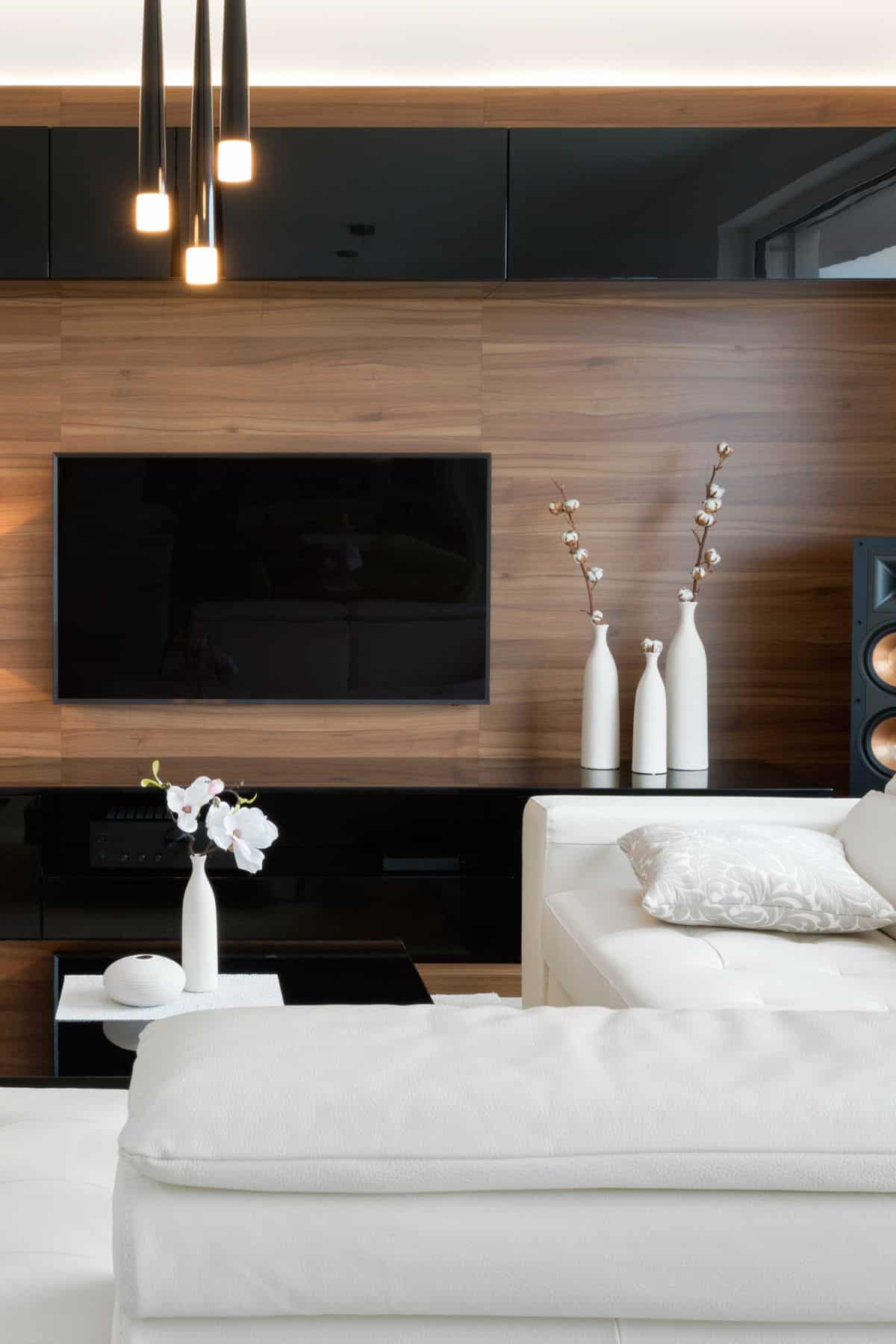
Not all modern homes fit neatly into a traditional insurance checklist. From sleek architectural features to smart tech integrations, today’s properties often blur the line between design and engineering. While these innovations offer comfort and efficiency, they may also introduce complications that standard home insurance doesn’t account for.
If your home challenges the norm, your insurance should rise to meet it. Read on to discover why non-standard insurance might be essential for your modern build.
When a Standard Policy Falls Short
Most insurers are set up to deal with conventional brick-and-mortar homes. The moment your property features unusual materials like steel or timber frames, it may fall outside the standard risk model. That means either a refusal to insure or limited protection.
Even green features, like flat roofs with greenery or rainwater harvesting systems, can trigger concerns. These innovations are fantastic for sustainability, but they often require specialist cover for unique properties due to unfamiliar repair methods and higher rebuild costs.
Structural Choices That Change the Risk
Modern architecture often means bold designs. Split-level layouts, full glass façades, or cantilevered structures can push up the price of rebuilding or repairing after damage. Insurers look at how easy it is to source tradespeople, materials, and plans. If something is bespoke, it’s more difficult and more expensive to put back together.
Homes that were once barns, factories, or churches are particularly complex. Their conversion history adds layers of risk, even if the finish looks brand new.
Smart Technology and Home Use
If your home is wired with automated lighting, heating, or security systems, you’ve added value but also complexity. Should anything go wrong, it’s not just a matter of fixing a wire. It might involve a specialist technician, expensive components, or software updates.
Some families also use their homes as part-time workspaces or studios. This changes how the building is used and may invalidate a standard residential policy if not declared properly.

Location Matters More Than You Think
Some homes are striking because of where they’re built. Clifftops, riversides, or near woodland might offer fantastic views, but they also increase exposure to natural risks. Flooding, subsidence, or storm damage may be more likely in these areas, making specialist insurance essential.
It’s also important to factor in the local infrastructure. Rural locations may face longer rebuild times due to supply issues or limited local trades.
Why a Tailored Policy Offers Better Protection
Your home isn’t ordinary, and neither is its insurance need. Non-standard insurance can be shaped to fit your specific build, materials, use, and value. It’s not about paying more for the sake of it, it’s about knowing that you’re protected if the worst happens.
Providers offering this type of policy often work with surveyors who understand bespoke homes, and they’ll help assess true rebuild costs so you’re not left underinsured.
A Smarter Approach for Smarter Homes
Choosing the right cover is part of protecting everything you’ve built. If your home breaks the mould, make sure your insurance does too.
Speak to a broker who understands what makes your property different and can offer the protection it actually needs.
